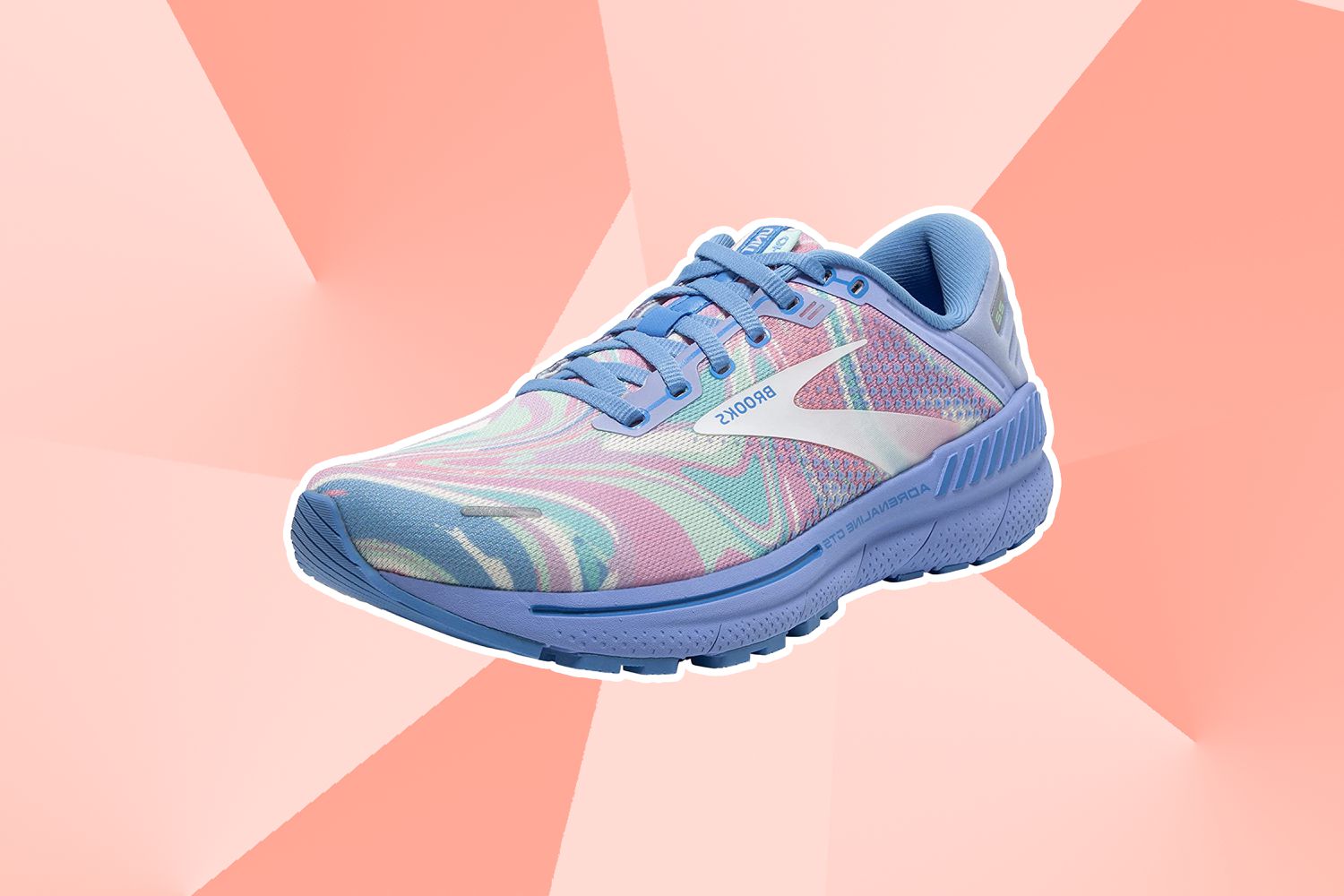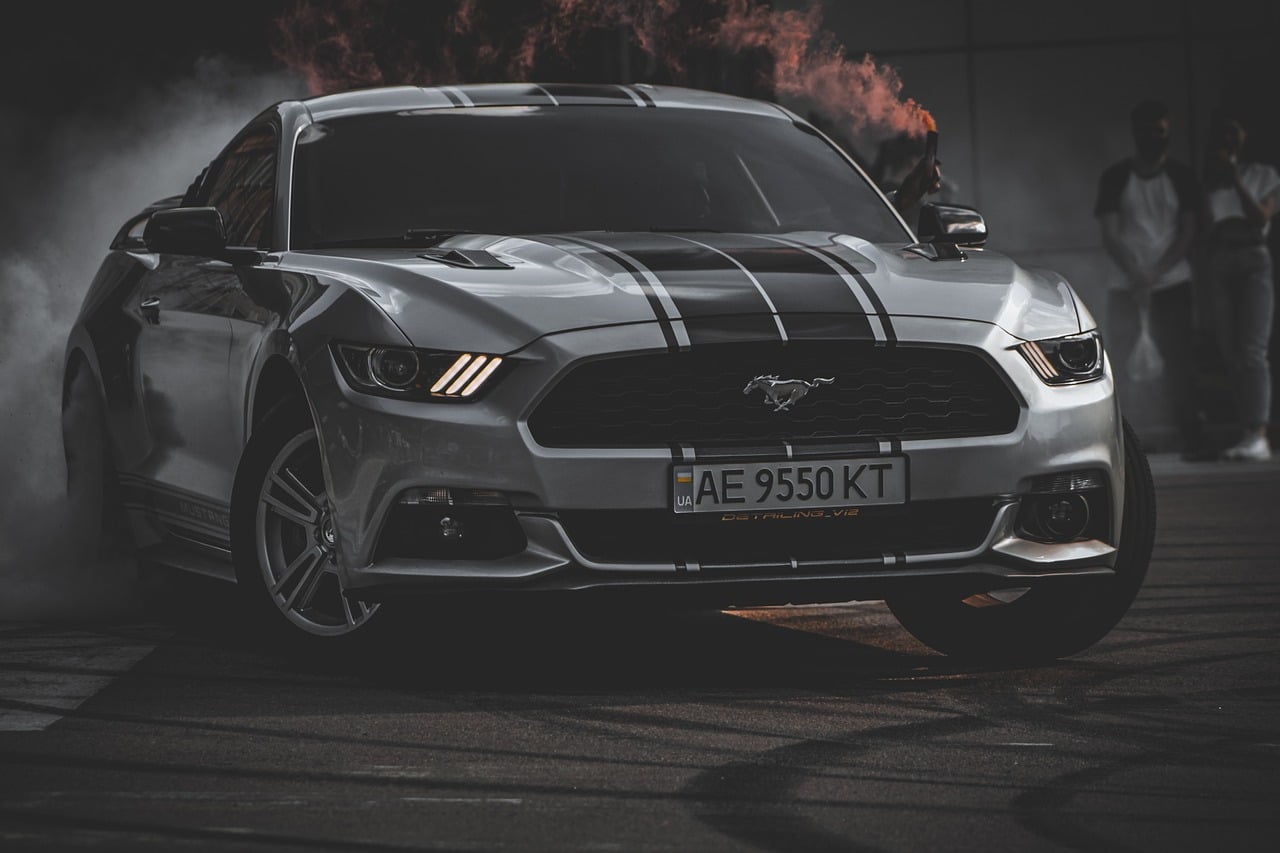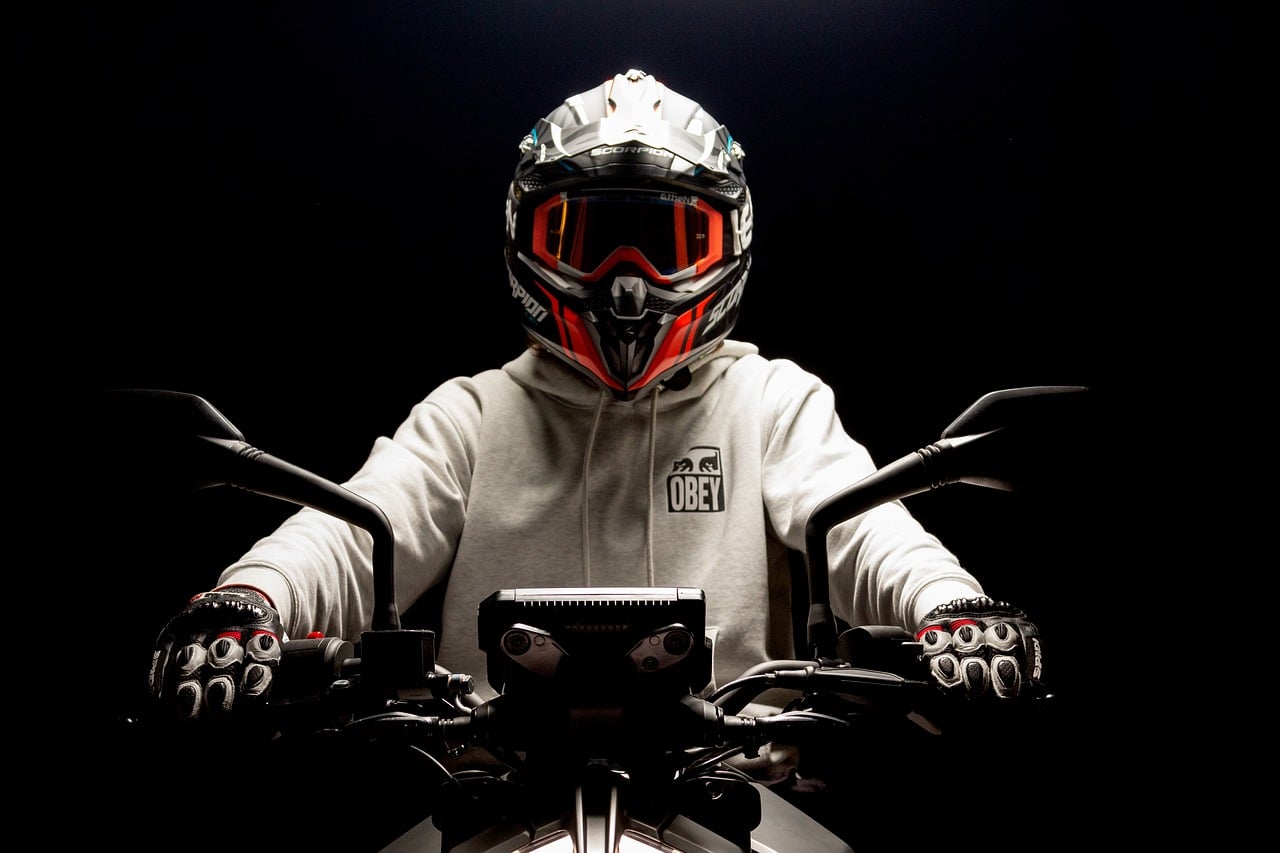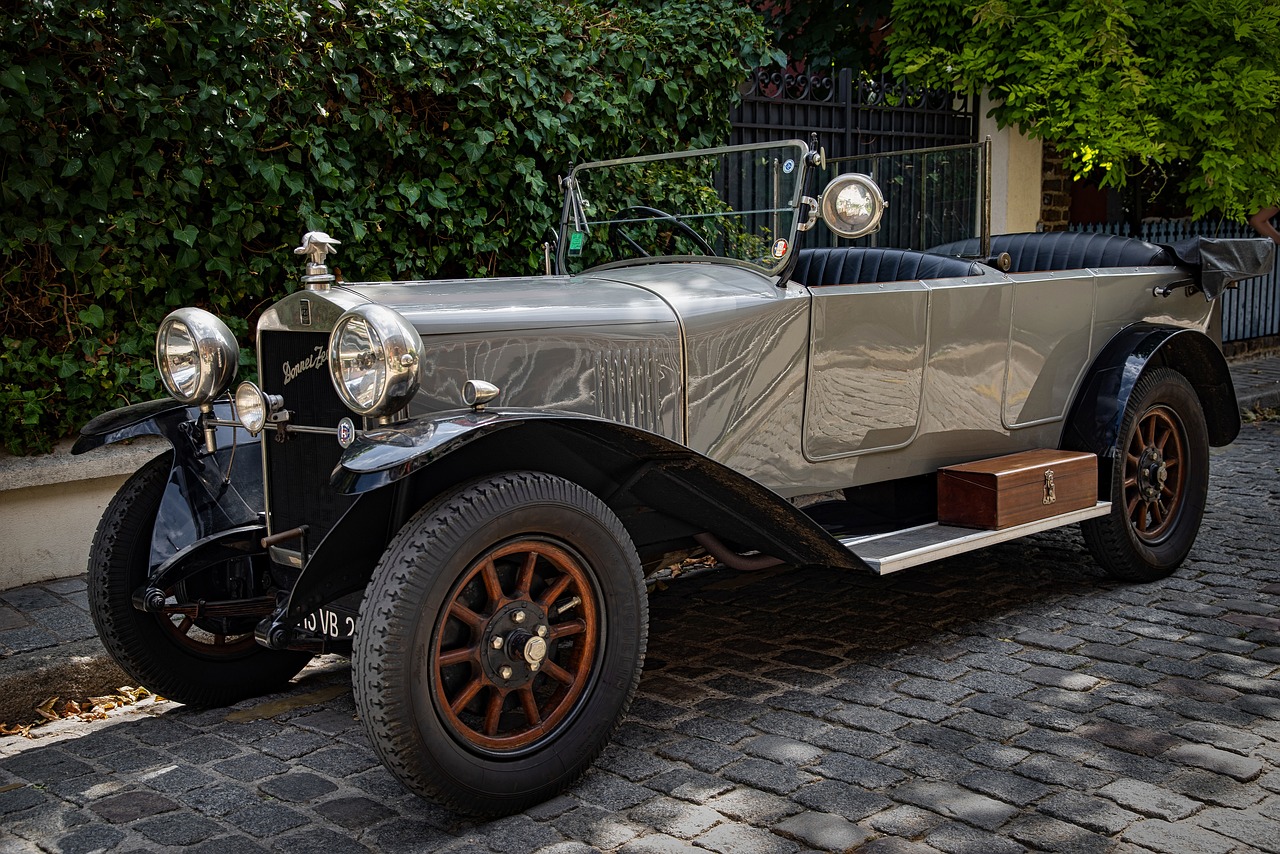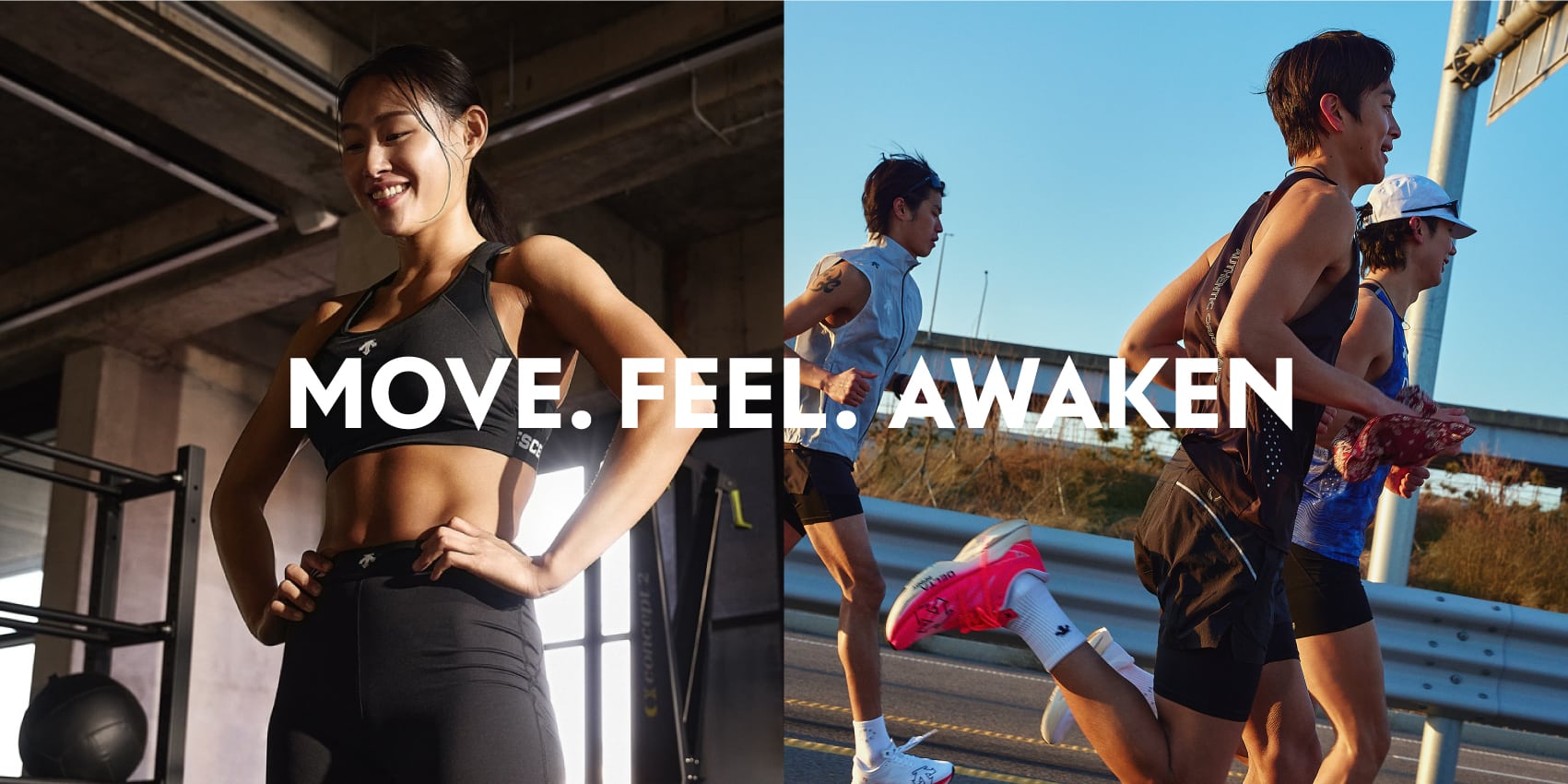Now Reading: The Best Running Shoes for High Arches and Plantar Fasciitis Finding the Perfect Fit for Your Feet
-
01
The Best Running Shoes for High Arches and Plantar Fasciitis Finding the Perfect Fit for Your Feet
The Best Running Shoes for High Arches and Plantar Fasciitis Finding the Perfect Fit for Your Feet
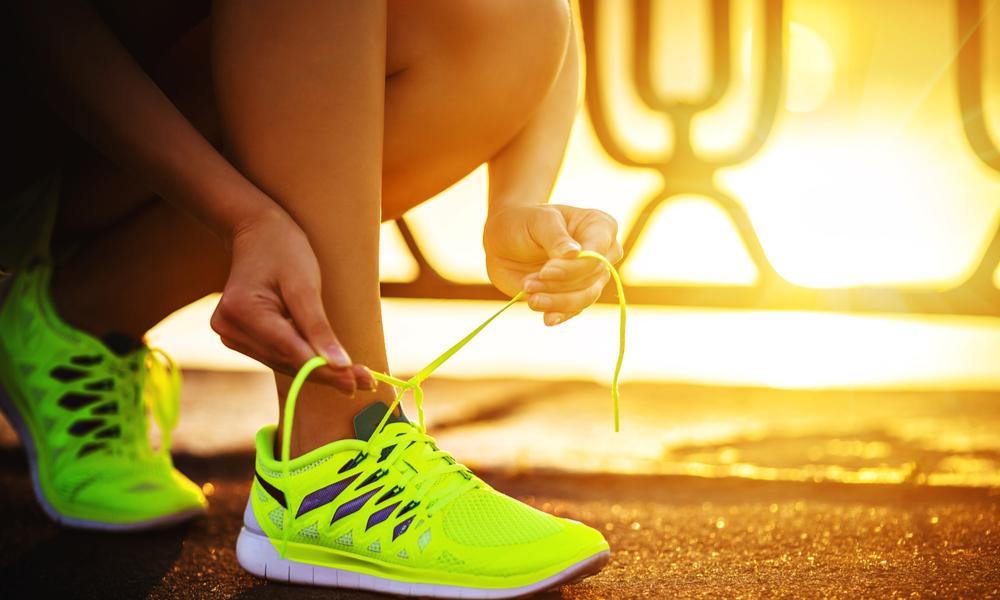
As someone who loves to run, you understand the importance of having the right pair of running shoes. They are not just a fashion statement, but rather a crucial piece of equipment that can make or break your performance. And when it comes to finding the best running shoes for high arches and plantar fasciitis, the search can be even more daunting.
But fear not, because in this blog post, we will guide you through everything you need to know about choosing the perfect pair of running shoes for your high arches and plantar fasciitis. From understanding your foot type to the features to look for in a shoe, we’ve got you covered. So put on your reading glasses and let’s dive in!
Understanding High Arches and Plantar Fasciitis
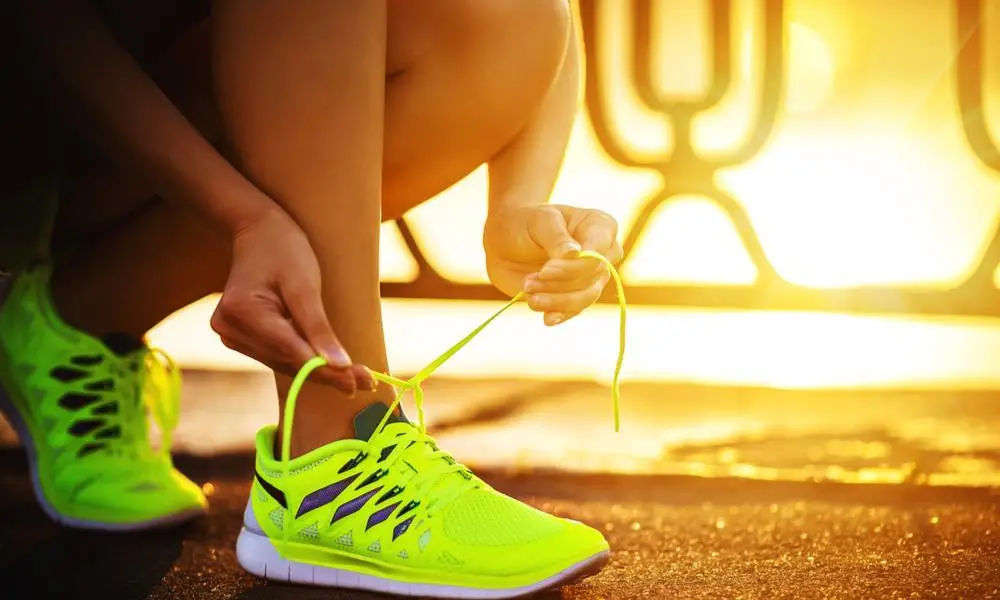
Before we delve into the world of running shoes, it is vital to understand what exactly high arches and plantar fasciitis are and how they can affect your feet.
High Arches
High arches, also known as pes cavus, is a condition where the arch of the foot is raised higher than normal. This can be caused by genetics, certain medical conditions such as cerebral palsy, or simply due to weak foot muscles. People with high arches tend to have less surface area touching the ground, which can lead to increased pressure on the heel and ball of the foot.
Plantar Fasciitis
Plantar fasciitis is a common foot injury that occurs when the plantar fascia, a thick band of tissue that connects the heel bone to the toes, becomes inflamed. It is usually caused by repetitive strain on the plantar fascia, resulting in tiny tears and inflammation. People with high arches are more prone to developing plantar fasciitis due to the increased pressure on their heel and plantar fascia.
The Importance of Choosing the Right Running Shoes for High Arches and Plantar Fasciitis
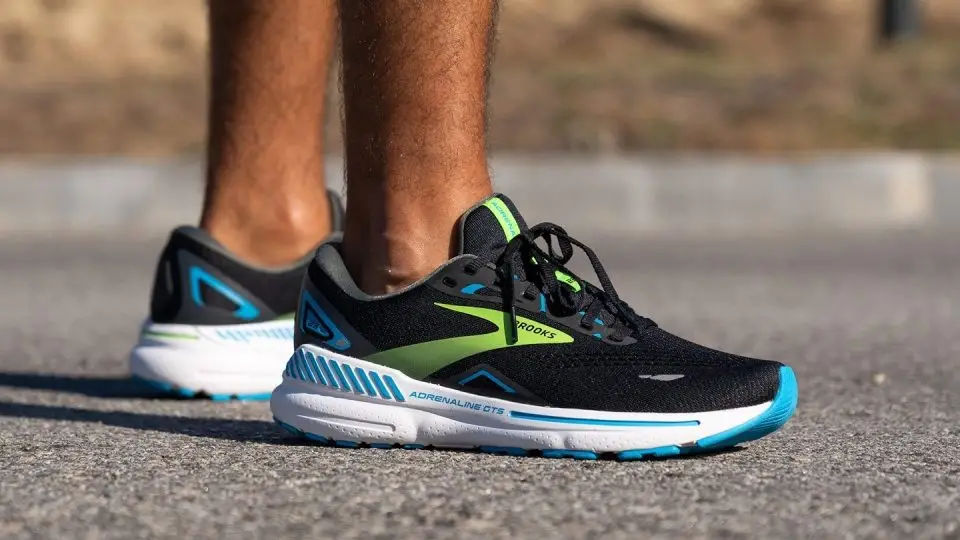
Running can put a lot of stress on your feet, especially if you have high arches or plantar fasciitis. Wearing the wrong shoes can exacerbate these conditions and lead to pain, discomfort, and even injuries. Here are some reasons why choosing the right running shoes is crucial for people with high arches and plantar fasciitis:
- Proper support: Running shoes designed for high arches and plantar fasciitis provide the necessary support and stability to prevent overpronation and redistribute pressure on the foot.
- Comfort: With the right shoes, you can reduce the discomfort and pain caused by high arches and plantar fasciitis, making your runs more enjoyable.
- Injury prevention: A good pair of running shoes can help prevent injuries such as plantar fasciitis, shin splints, and stress fractures.
- Improved performance: When your feet are properly supported and comfortable, you can focus on your run and potentially improve your performance.
Now that we understand the importance of choosing the right running shoes for high arches and plantar fasciitis, let’s move on to finding the perfect fit.
Finding the Perfect Fit: Understanding Your Foot Type
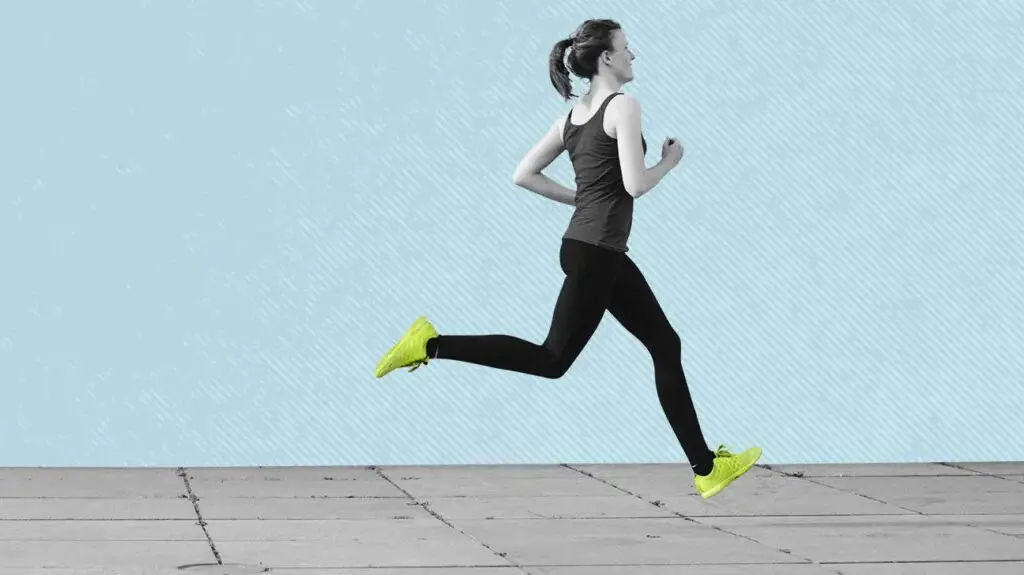
The first step in finding the best running shoes for your high arches and plantar fasciitis is understanding your foot type. This will help you determine what features to look for in a shoe and narrow down your options. There are three main foot types: neutral, flat feet, and high arches.
Neutral Feet
People with neutral feet have a normal arch height and a well-defined curve along the inside of the foot. They also have a balanced distribution of weight across the foot. If you have neutral feet, you are lucky because you can wear almost any type of running shoe.
Flat Feet
Flat feet, also known as fallen arches, have little to no arch and may appear flat on the ground. This foot type tends to have a tendency to overpronate, which means the foot rolls inward too much when walking or running. People with flat feet should look for running shoes with motion control and stability features to prevent overpronation.
High Arches
As mentioned earlier, high arches have a raised arch and put more pressure on the heel and ball of the foot. People with high arches tend to underpronate or supinate, meaning their feet roll outward when walking or running. They require running shoes that provide ample cushioning and shock absorption to reduce impact on the feet.
Features to Look for in Running Shoes for High Arches and Plantar Fasciitis
Now that you know your foot type, it’s time to look for the features that will provide the necessary support and comfort for your high arches and plantar fasciitis. Here are some essential features to consider when shopping for running shoes:
- Arch Support: For people with high arches, arch support is crucial in maintaining proper alignment and reducing pressure on the heel and ball of the foot.
- Cushioning: Ample cushioning is essential for people with high arches and plantar fasciitis to absorb shock and reduce impact on the feet.
- Heel Support: A firm heel cup can help stabilize the foot and prevent excessive rolling of the foot.
- Breathability: Look for running shoes made with breathable materials to prevent sweat build-up and keep your feet cool and dry.
- Flexibility: Your running shoes should be flexible enough to allow natural movement of your feet while running.
- Size and Fit: Make sure to get professionally fitted for your running shoes to ensure the perfect fit. The shoes should have enough room for your toes to wiggle, but not too loose that your foot is sliding around.
- Sole and Traction: The sole of the shoe should provide adequate traction to prevent slips and falls. Opt for running shoes with rubber soles for better grip.
Best Running Shoes for High Arches and Plantar Fasciitis
Now that you know what features to look for, let’s jump into our top picks for the best running shoes for high arches and plantar fasciitis.
1. Brooks Ghost
Brooks Ghost has been a favorite among runners for its cushioning, stability, and versatility. It provides excellent support for people with high arches and plantar fasciitis through its BioMoGo DNA and DNA loft cushioning technology. These shoes also have a flexible mesh upper for breathability and a segmented crash pad for smooth heel-to-toe transitions.
Pros
- Excellent cushioning and support
- Lightweight and breathable
- Flexible and responsive sole
- Suitable for long-distance running
Cons
- Some may find it too narrow
- Not suitable for heavy overpronators
2. ASICS Gel-Kayano
The ASICS Gel-Kayano is a go-to for many runners with high arches and plantar fasciitis. Its Flytefoam and Gel cushioning technology provide exceptional shock absorption, while the Guidance Trusstic System offers stability for overpronators. These shoes also have a breathable upper and a durable AHAR rubber outsole for added traction.
Pros
- Excellent support and stability
- Impressive cushioning and shock absorption
- Durable and lightweight
- Suitable for long-distance running
Cons
- A bit pricey
- May feel too stiff for some runners
3. New Balance Fresh Foam 1080v11
New Balance Fresh Foam 1080v11 is a popular choice for neutral runners with high arches and plantar fasciitis. Its Fresh Foam midsole provides a plush and responsive cushioning, while the Ortholite sockliner adds extra comfort. These shoes also have a breathable Hypoknit mesh upper and a blown rubber outsole for traction.
Pros
- Plush cushioning and comfortable fit
- Lightweight and breathable
- Good shock absorption and flexibility
- Suitable for long-distance running
Cons
- Some may find them too narrow
- Not ideal for heavy overpronators
4. Saucony Triumph 18
Saucony Triumph 18 is another great option for people with high arches and plantar fasciitis. It features PWRRUN+ cushioning that offers a soft and responsive feel while providing stability. The FORMFIT technology in the upper ensures a customized fit, while the lightweight outsole provides excellent traction.
Pros
- Excellent cushioning and stability
- Lightweight and breathable
- Comfortable fit and customizable upper
- Suitable for long-distance running
Cons
- May not offer enough support for severe cases of plantar fasciitis
- Some may find them too narrow
5. Hoka One One Bondi 7
Hoka One One Bondi 7 is a top choice for runners with high arches and plantar fasciitis due to its maximum cushioning and stability. The full-length EVA midsole and Meta-Rocker technology provide a smooth and stable ride, while the breathable mesh upper keeps your feet cool and dry. These shoes also have a durable rubber outsole for better traction.
Pros
- Maximum cushioning and stability
- Suitable for long-distance running
- Lightweight and breathable
- Wide toe box for added comfort
Cons
- A bit bulky for some runners
- Not suitable for those who prefer a more minimalistic shoe
6. Altra Torin 4 Plush
Altra Torin 4 Plush is a zero-drop running shoe that offers plenty of cushioning and support for people with high arches and plantar fasciitis. The Quantic midsole provides a responsive and comfortable feel, while the FootPod technology in the outsole allows for natural movement of the foot. These shoes also have a breathable mesh upper and a wide toe box for added comfort.
Pros
- Zero-drop and wide toe box design
- Plush cushioning and good shock absorption
- Lightweight and breathable
- Suitable for long-distance running
Cons
- Not ideal for those who prefer a more structured shoe
- May not provide enough support for severe cases of plantar fasciitis
Conclusion
Choosing the best running shoes for high arches and plantar fasciitis may take some trial and error, but understanding your foot type and what features to look for can make the process easier. Remember to always get professionally fitted, and don’t be afraid to try on multiple pairs until you find the perfect fit. With the right running shoes, you can hit the ground running and enjoy your runs without worrying about discomfort or injuries. So lace up those shoes and go conquer the pavement!













